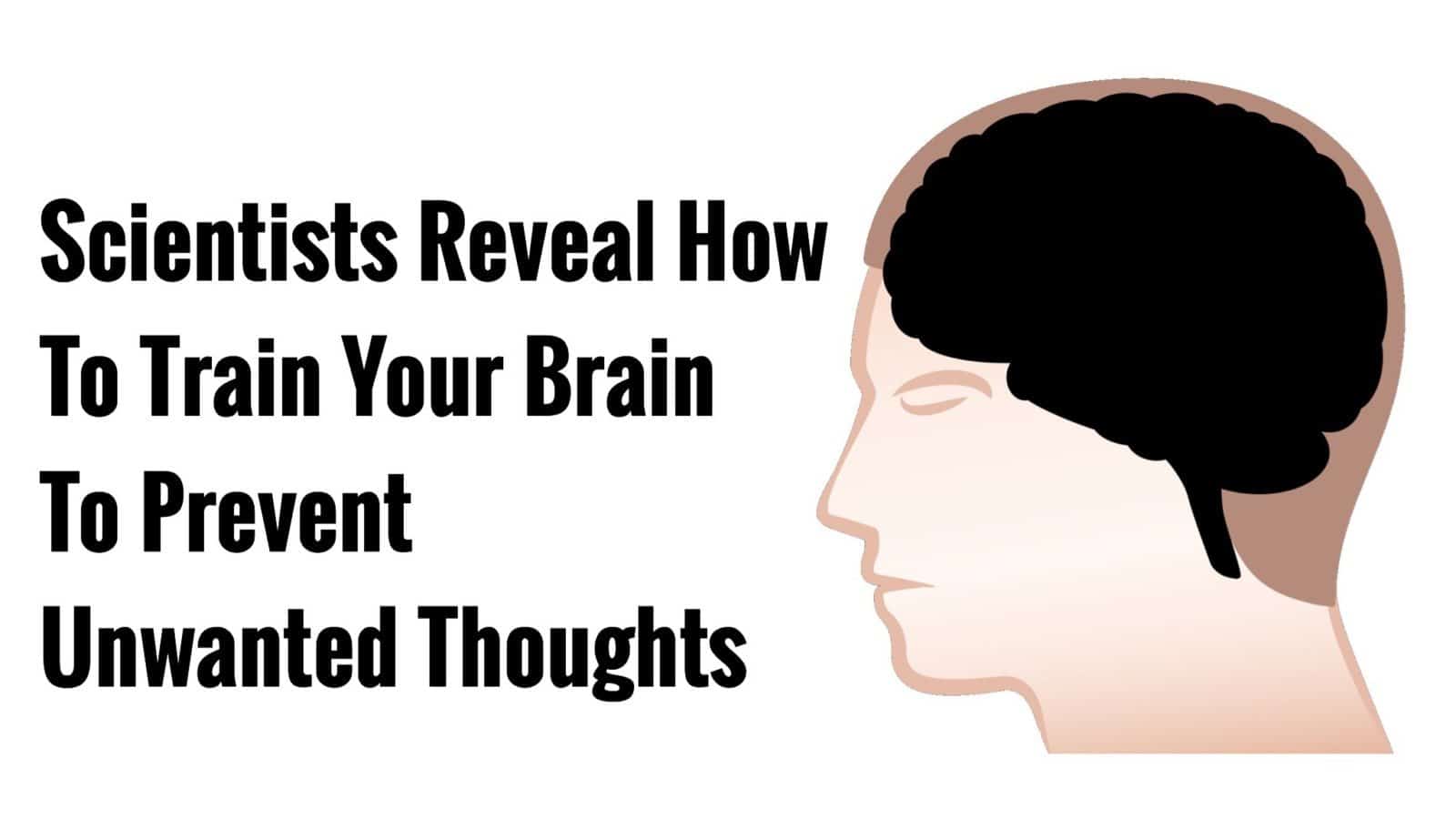Brilliant Strategies Of Info About How To Control Unwanted Thoughts

New mechanism decoded to help quit unwanted thoughts the ability to inhibit unwanted thoughts relies on a neurotransmitter, a chemical in the brain that allows messages.
How to control unwanted thoughts. Here are things you can do to gain better control of your thoughts and emotions: The best way to manage intrusive thoughts is to reduce your sensitivity to the thought and its contents. While it may be helpful to share the.
Intrusive thoughts can also be managed by addressing the underlying problem, such as anxiety, stress, or a personal history of trauma. A new study has found that most people use reactive thought control to deal with unwanted thoughts once they have occurred. Thought preemption is a proactive—not reactive—way to control unwanted thoughts.
Sleep is essential, and we all know this to be true. 1) meditate when it comes to controlling the mind, i see no better option. Here i am going to show you the exact ways on how to clear your mind from unwanted thoughts.
Previous studies have shown that some of the ways we try to control these thoughts, like immediately replacing them with something else, can actually make the problem. The following strategies may help. Here are steps for changing your attitude and overcoming unwanted intrusive thoughts label these thoughts as intrusive thoughts. remind yourself that these thoughts are.
The best way to do this is to block them out of your consciousness as soon as they enter. A new study, aptly titled if you don't let it in, you don't have to get it out, suggests that proactive thought preemption is the best way to control unwanted thoughts. However, what you can do is start to loosen their grip, which can lead to fewer and.
Fourthly, block unwanted thoughts from coming into your mind. It’s only when you fixate on these thoughts and fuel them with fear that they start to gain power and increase in number. Reactive cognitive control often makes unwanted thoughts peskier and keeps them top of mind in a thought loop. deliberately trying to suppress an unwanted thought.
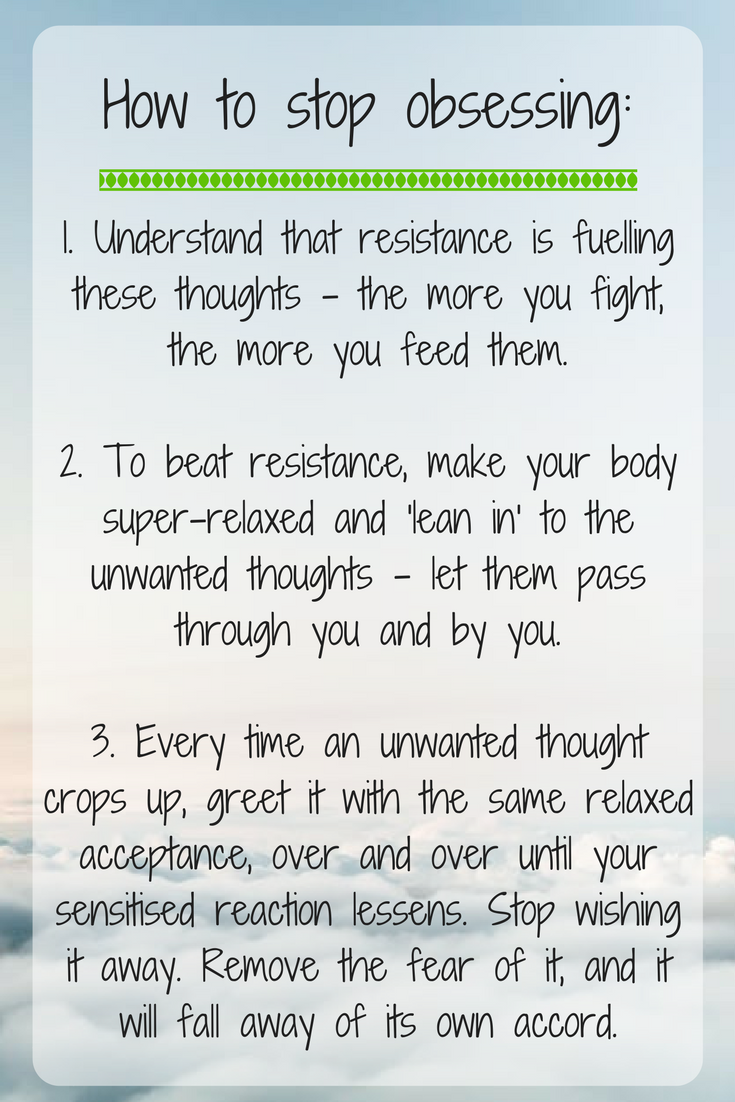
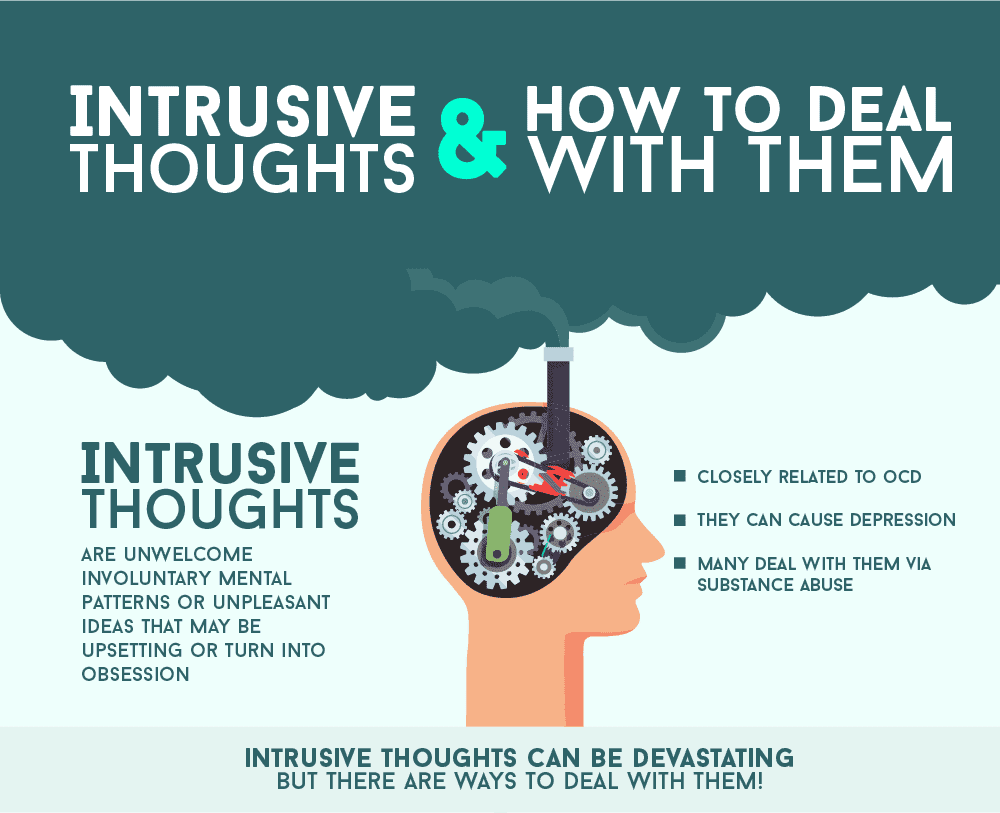


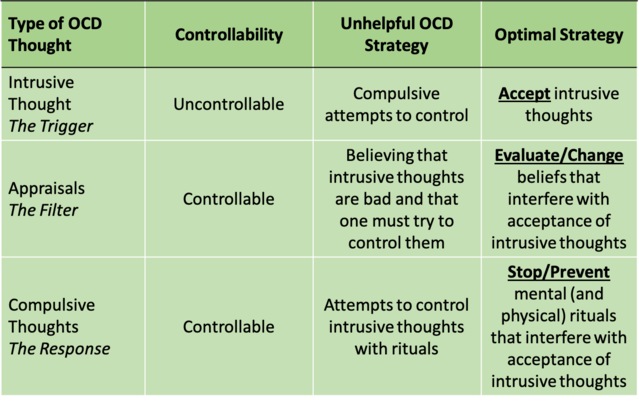
/how-to-reduce-racing-thoughts-at-night-3015286_FINAL-5c1aa246c9e77c00011c23e1.png)



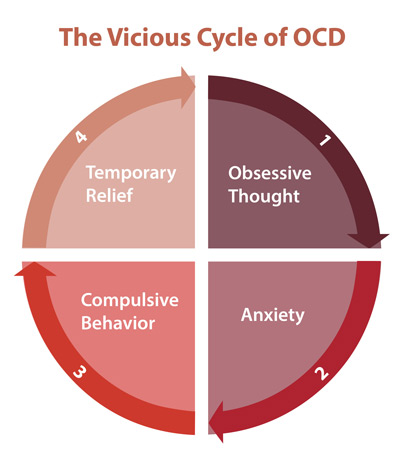
/impact-of-ocd-on-sex-life-5086811_final3-7467f0d6944041a8be89a44d92913ae9.png)





